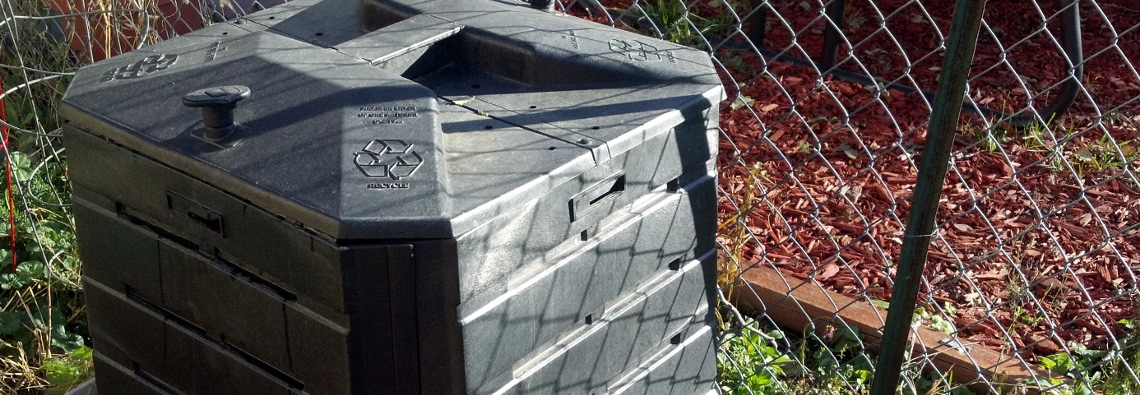Lately I’ve found myself thinking about soil. Specifically, how to make it better. As we’ve been planning and planting different areas of our new yard I’ve realized how neglected and depleted the soil is. Despite having quite a bit of rain this spring we don’t have to dig far to find the dry, clumpy, grey soil again.
So, how to turn it into the dark, rich, loamy soil we all want? Commercial fertilizer will add lots of NPK (nitrogen, phosphorous, potassium) to try to fix the problem. In my way of thinking, its not the solution. As one person put it, that’s “like saying all a person needs is carbs, fat, and protein. Those things are needed to survive, but you need much more to thrive. Life is much more complex than three compounds! (1)”
We’ve also heard from a variety of sources about the decline of vitamin and mineral content in foods. “Yet another study concluded that one would have to eat eight oranges today to derive the same amount of Vitamin A as our grandparents would have gotten from one. (2)”
Now for the good part: what I’ve found to add to the soil to increase the trace mineral content, which will translate to stronger crops and healthier produce for my family.
- Sea minerals
- Volcanic rock minerals
Both sources are readily available online and at retail stores. A favorite mentioned by many sources is a product called Azomite (which can be found on Amazon). It is a rock mineral mined in Utah.
In The Intelligent Gardener: Growing Nutrient Dense Food, Steve Solomon takes a detailed look at what a gardener can do to dramatically improve the mineral content and health of their soil. Everything from getting a soil test done, using a spreadsheet to determine what is needed, and beyond. It’s a serious dive into the world of soil and it’s impact on your health, should you feel like reading something in-depth on the subject.
Diet
Now what if you want to increase your trace mineral intake right now? Is there a way to add it to foods you already have? Yes! Here are a few ways. (3,4)
- Stinging Nettles – taken as a tea
- Bone broth
- Sea salt
- Kelp – powdered or dried can be added to anything
- Fermented or cultured foods – home-made yogurt, buttermilk, sour cream, kombucha, dairy and water kefir, kvass, cultured vegetables, fruits, meats
- Pastured dairy and meat – note the word pastured 🙂
- Liquid minerals
As you can see there are several ways to increase your mineral intake. I plan to start working on our yard. Healthy soil and healthier foods here we come! If any of you have experience with using these trace minerals in your food or yard, I’d love to hear your results.
- http://www.motherearthnews.com/organic-gardening/supercharge-your-soil-with-minerals-zbcz1411.aspx
- http://www.scientificamerican.com/article/soil-depletion-and-nutrition-loss/
- http://agriculturesociety.com/healthy-living/13-ways-to-increase-mineral-intake-for-improved-well-being-health/
- http://www.keeperofthehome.org/2008/11/trace-minerals-make-a-major-difference.html

